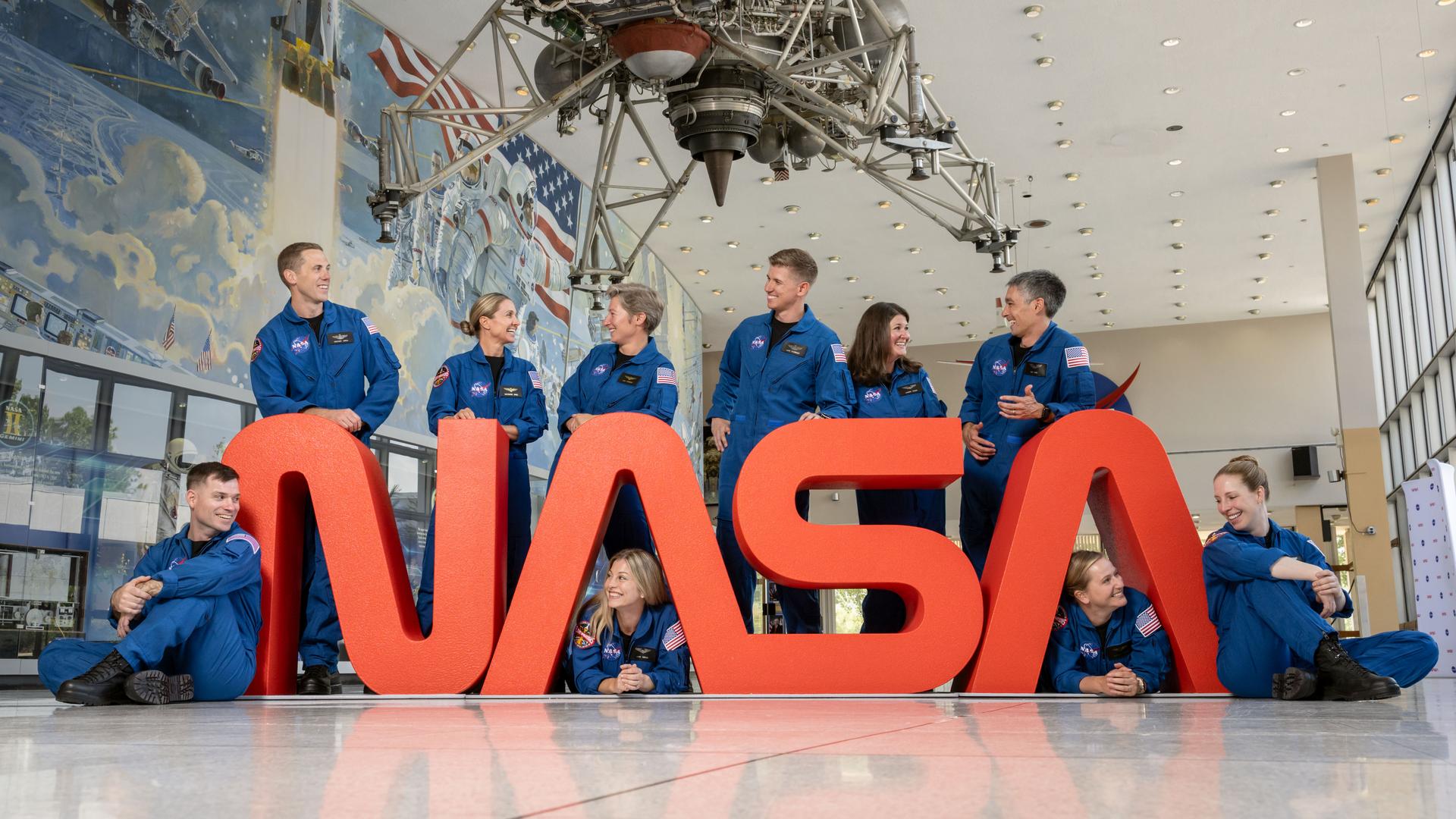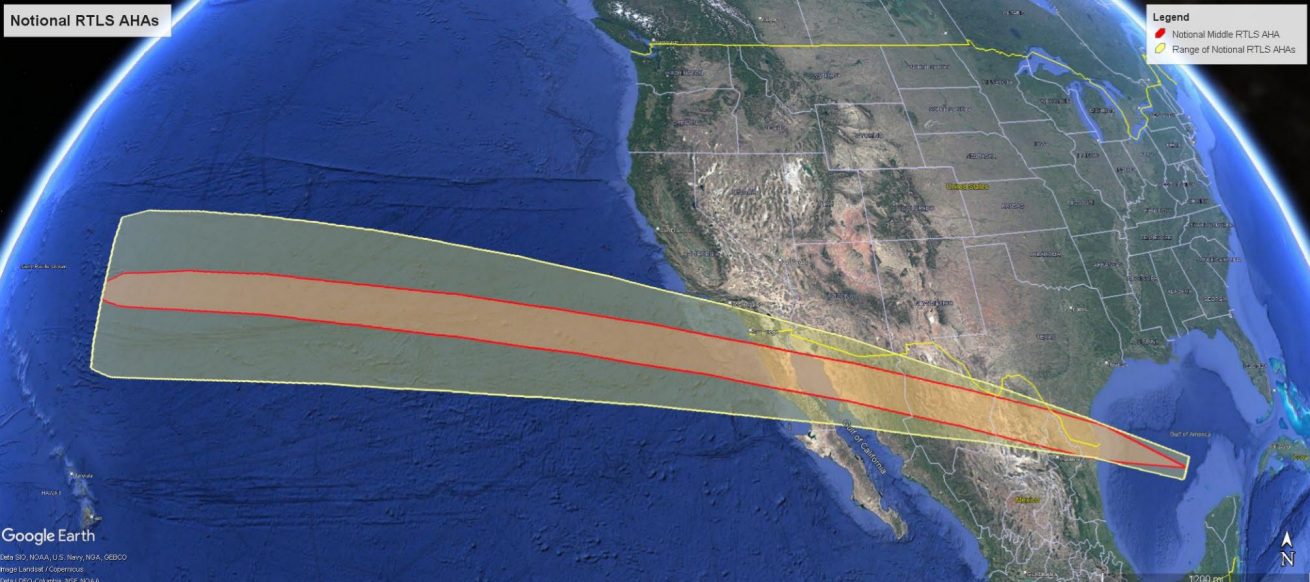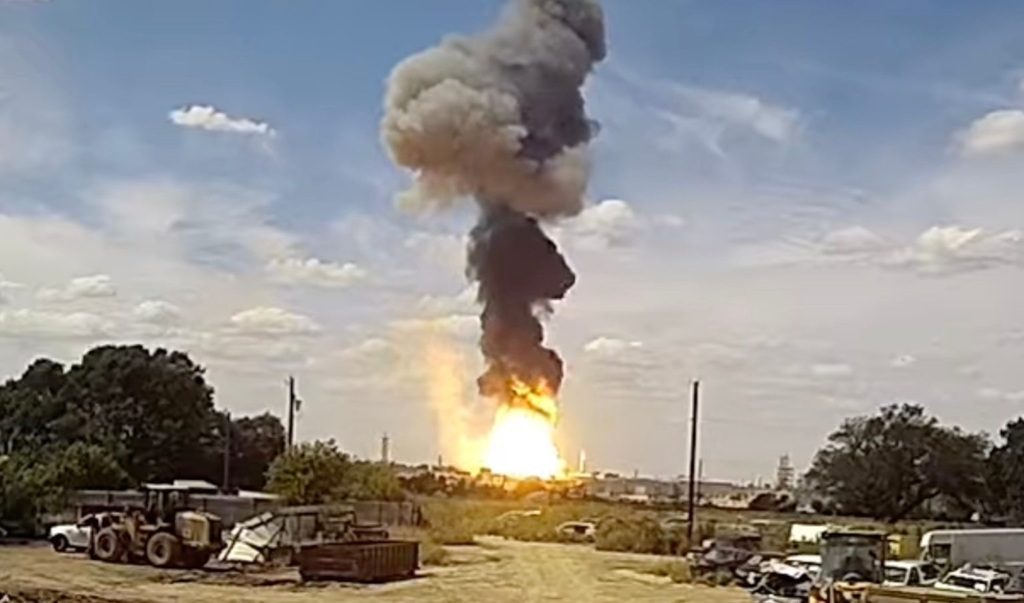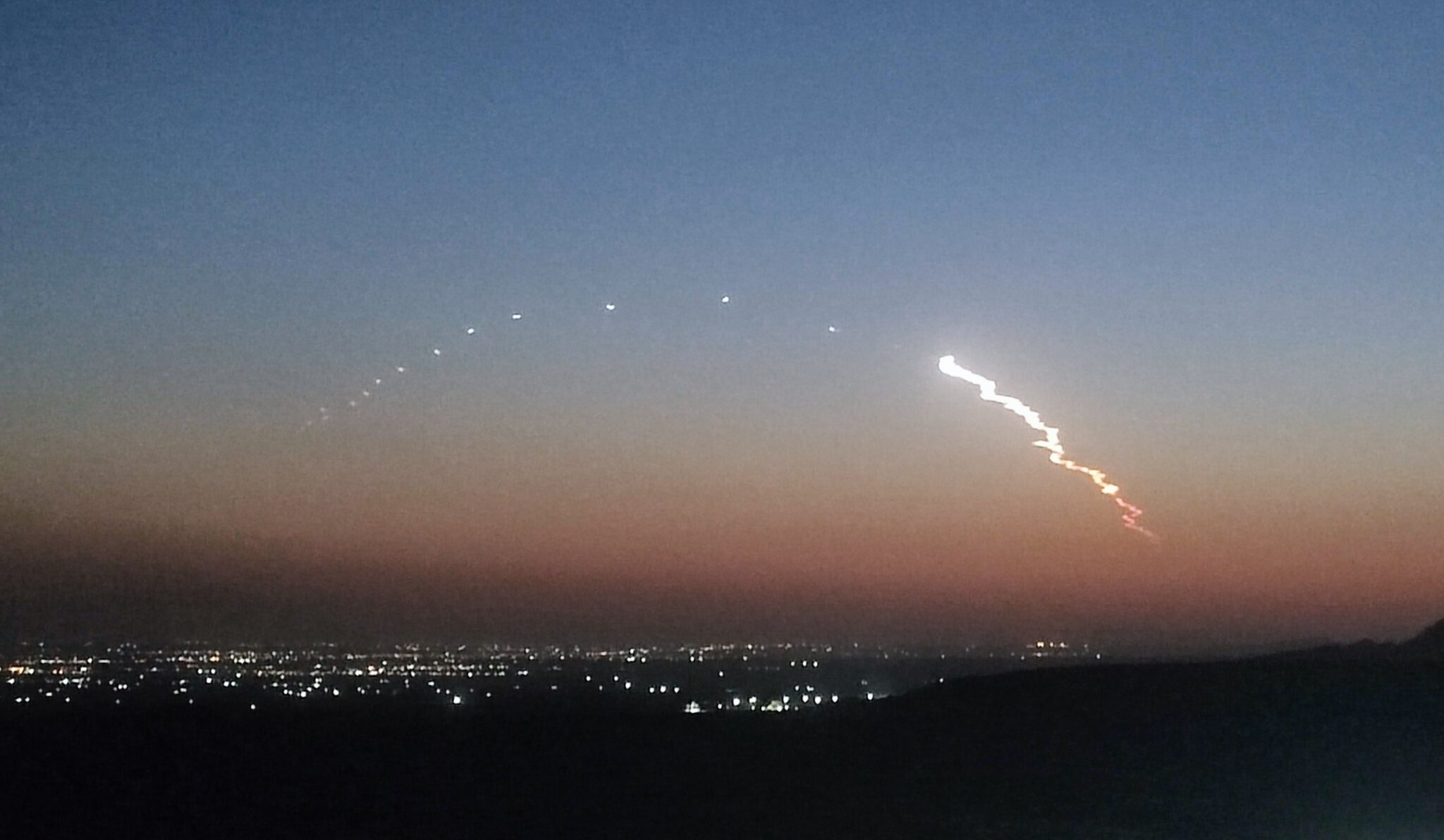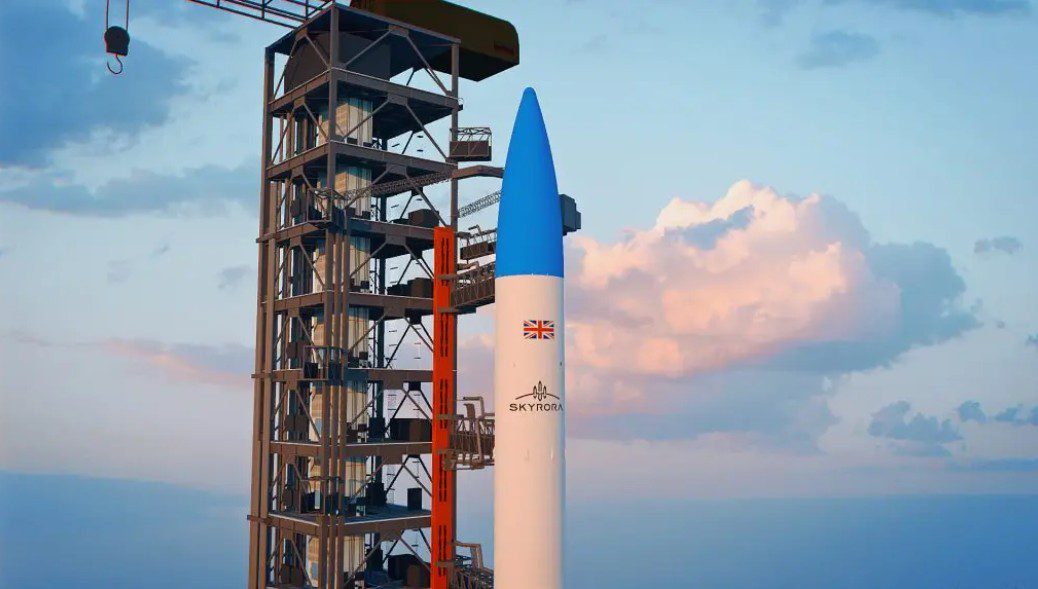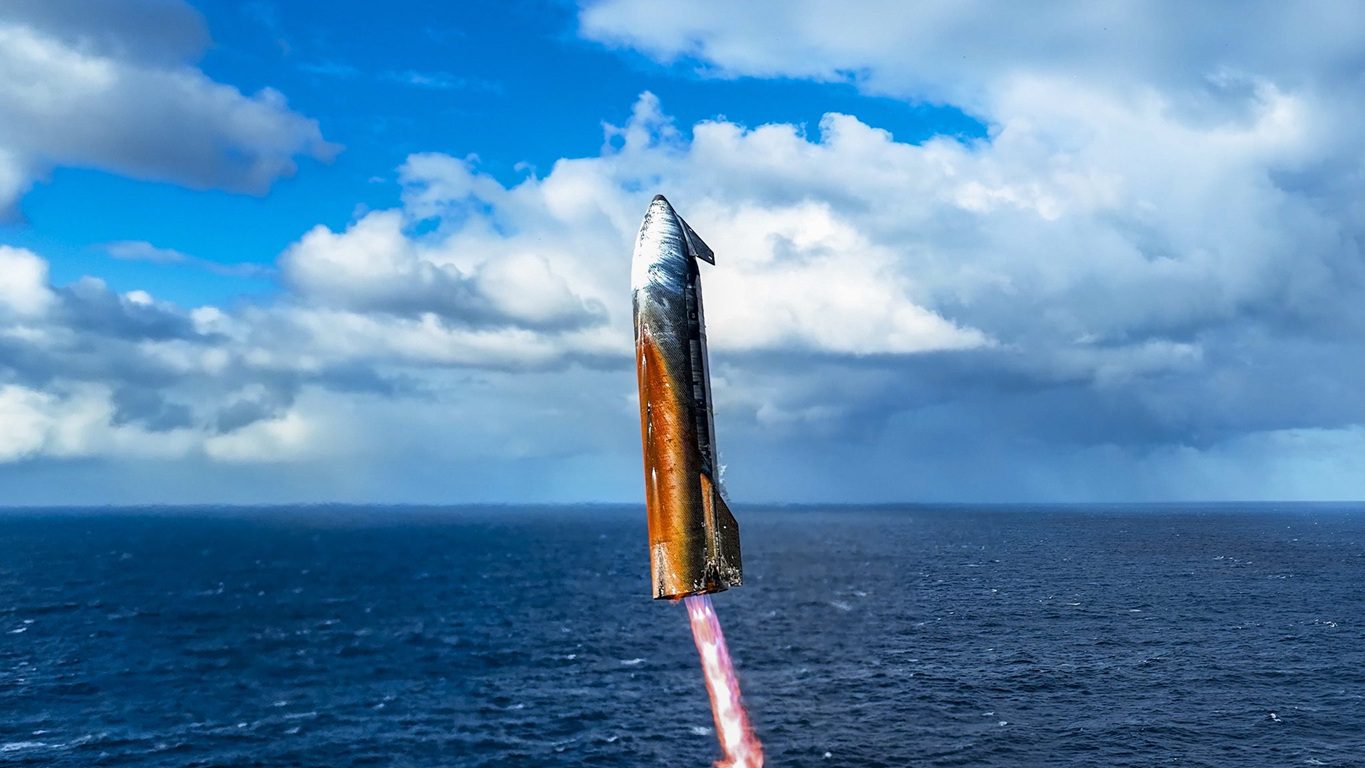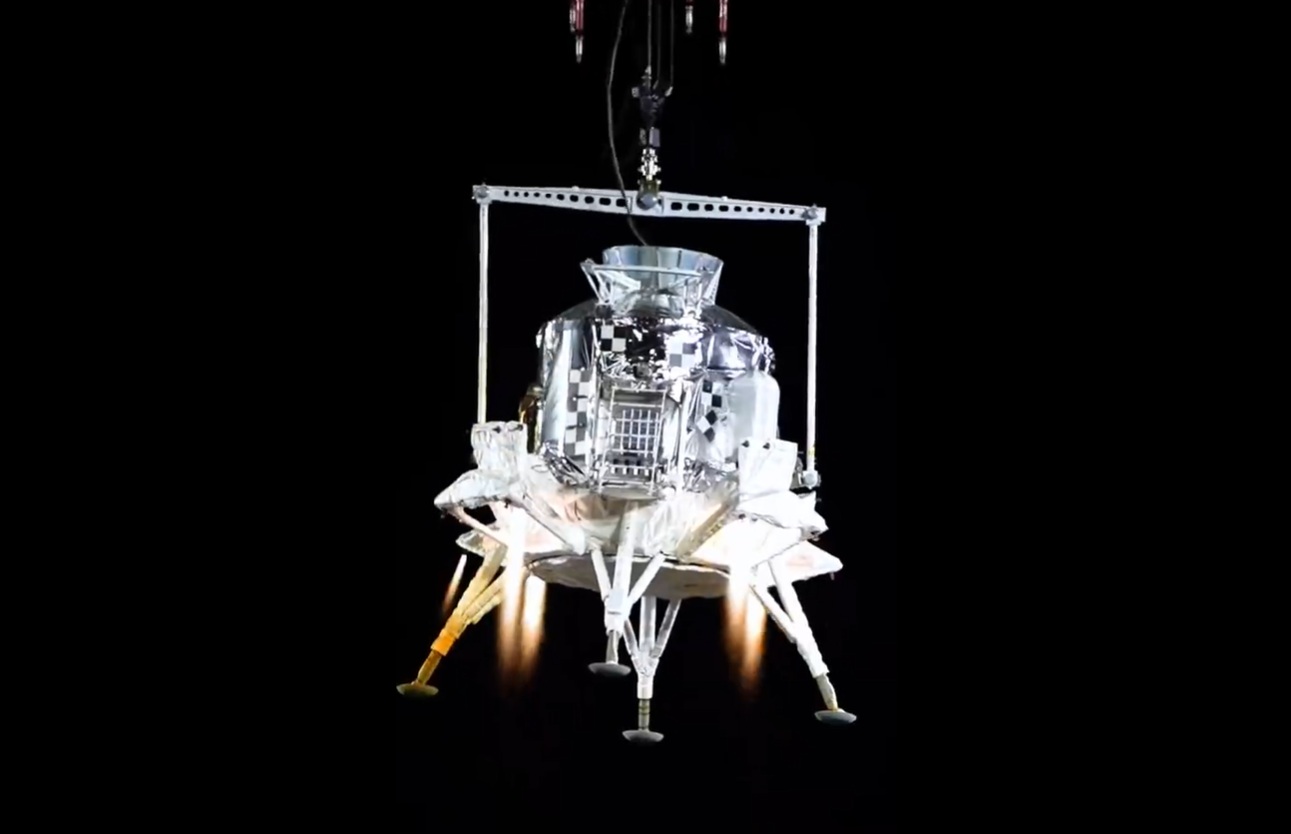credit IAASS / Caption: click on this image to see a larger version in the same browser window
Detail’s from the Russian Federal Space Agency’s request for proposals for its Soyuz TMA replacement, apparently now called Advanced Manned Space Transpotation System (unless this is just a translation issue and it is still called Advanced Crew Transportation System – ACTS), can be found in the March issue of the Association for the Advancement of Space Safety’s (IAASS) newsletter
I can’t link to the newsletter as it is not on its website but I have been sent a copy and the RFP is reported to require a space tourism role for the AMSTS/ACTS. I can’t find the RFP section in the English langage area of the Roscosmos website so can’t confirm what is reported
IAASS says
The baseline manned spaceship would be designed for delivery of a six-men crew and at least 500 kg payload to manned orbital stations and for return of the crew and at least 500 kg payload back to Earth.
The spaceship alternative versions would be designed for: I) delivery of a four-men crew and
at least 100 kg payload to a circumlunar orbit or a circumlunar orbital station and return
thereof back to Earth; II) for free-flight research and experiments conducted by a crew of up
to 4 (to be defined by mission objectives) of at least 30-day duration and return of the crew
back to Earth; III) logistical and technical maintenance of automatic LEO spacecraft, platforms and free-flying modules, as well as missions to de-orbit discarded automatic
spacecraft and large fragments of space debris;IV) space tourism commercial services; V) delivery of at least 2,000 kg of cargo to a orbiting space station and return of at least 500kg back to Earth in the unmanned cargo return version.A capability would be provided to land safely on any unprepared land plot or water impact area at all times in a year in case of an emergency descent or a major malfunction during the Return Capsule (RC) ascent phase.
The landing accuracy of the return capsule in a nominal landing mode would be not worse
than 10 km. Various options to ensure such accuracy margin shall be addressed. During the
ascent phase engines of the manned system shall burn environmentally friendly propellants.
The reusable capsule would have a design life of at least 15 years and up to 10 flights.

